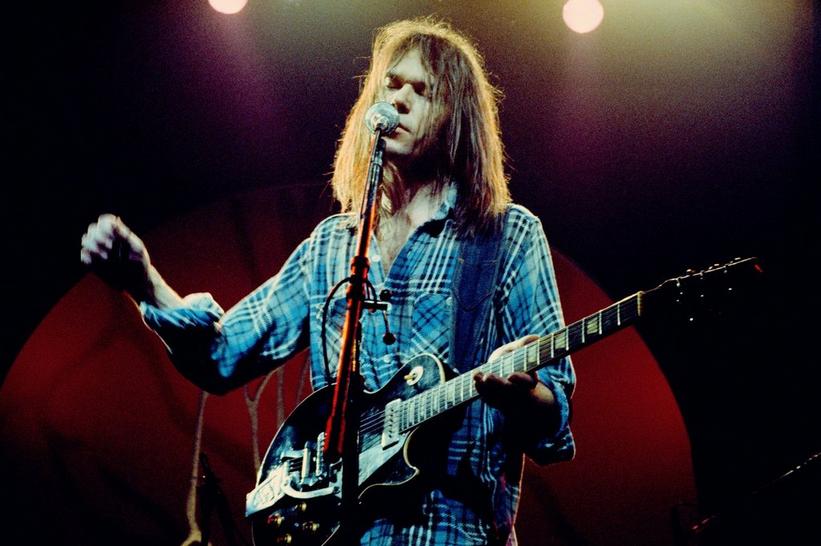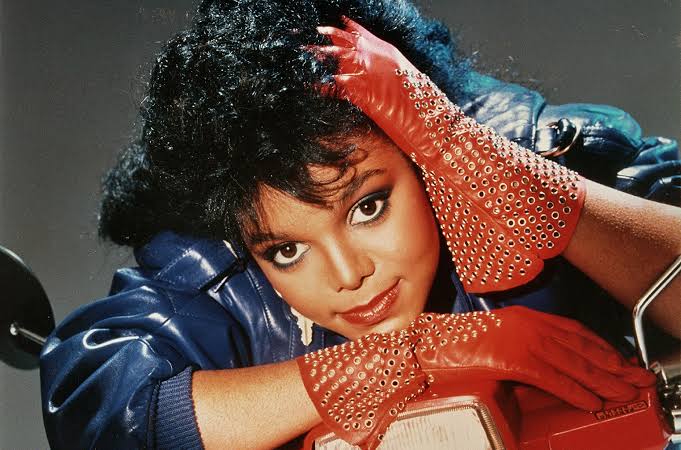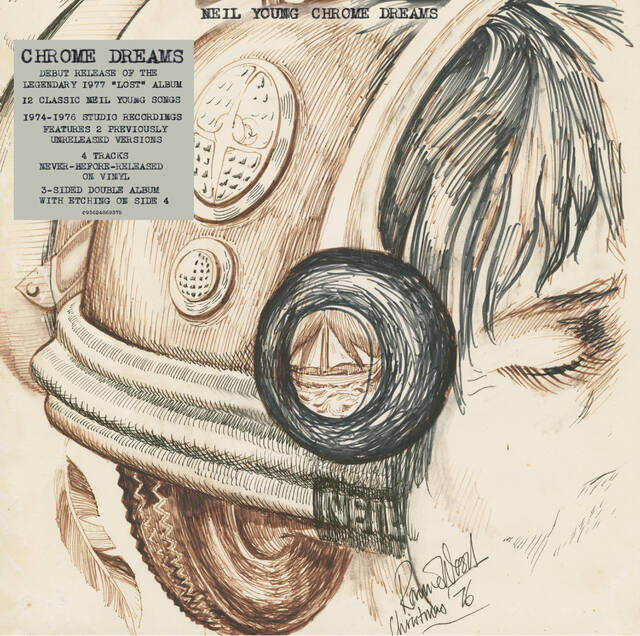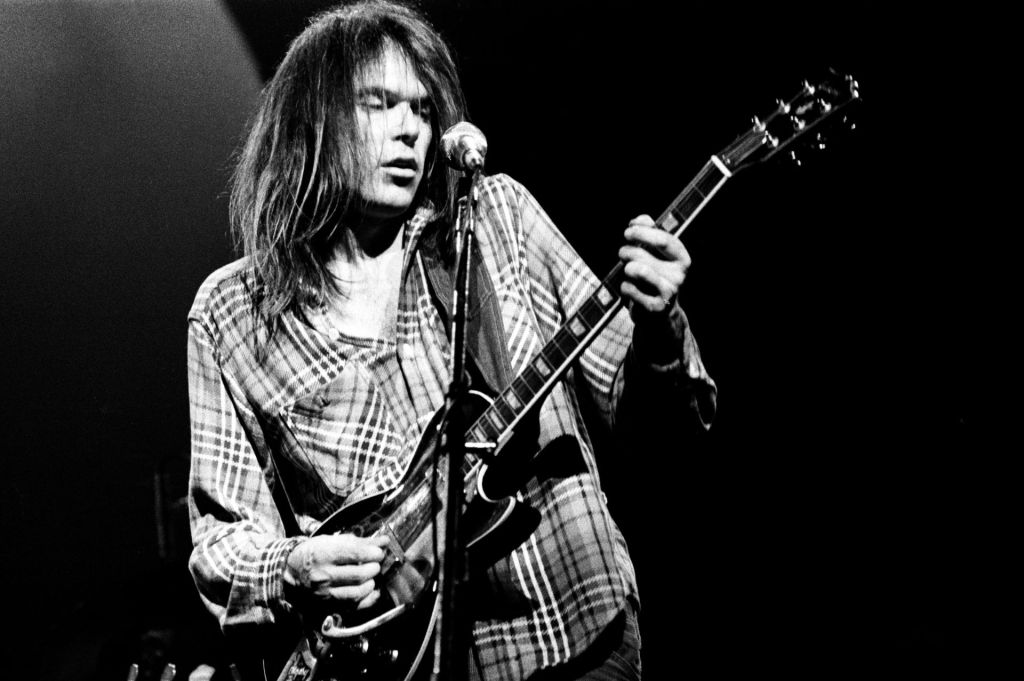Neil Young “Chrome Dreams” Album Review
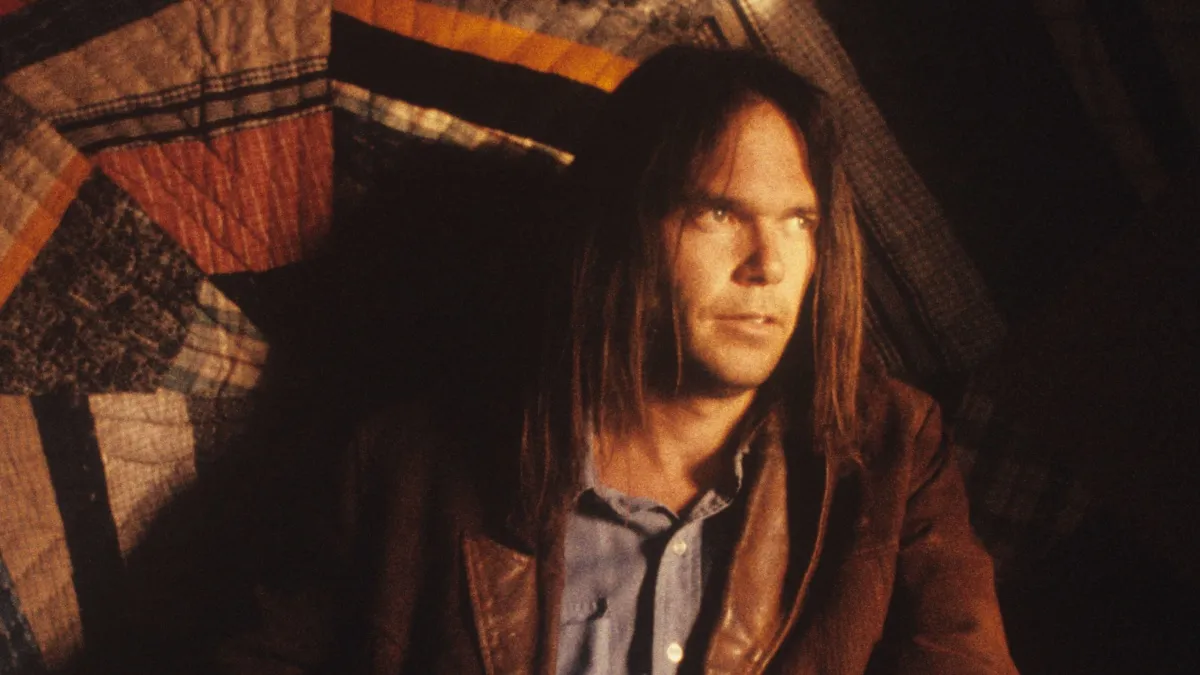
Chrome Dreams
Neil Young
- Genre: Rock
- Date: 11 Aug, 2023
- Content: Not-explicit
- Track(s): 12
- ℗ 2023 The Other Shoe Productions, Inc. under exclusive license to Reprise Records.
The 44th album by Neil Young is titled Chrome Dreams. It was initially assembled as an acetate to be considered an album for the 1977 release. Before its release, a bootleg version of the acetate was extensively disseminated. 11 Aug 2023 marked the album’s formal release.
Chrome Dreams is a collection of songs that Young had recorded over the preceding two years that was first put together in the spring of 1977. Songs from numerous sessions with different collaborators and supporting bands are collected in this album. The first recording, “Star of Bethlehem,” was made at the end of 1974 to serve as the album’s final track. Homegrown was abandoned, but it will now be released in 2020. The Zuma sessions version of “Sedan Delivery” has a slower tempo than the Rust Never Sleeps rendition and adds a verse.
Following the release of Zuma and before the band’s accompanying tour of Europe and Japan in the spring of 1976, Crazy Horse recorded “Too Far Gone,” “Homegrown,” “Like a Hurricane,” and “Look Out for My Love” at several sessions at Young’s Broken Arrow Ranch. It wasn’t until 1989’s Freedom that “Too Far Gone” was made available. Young is accompanied by Crazy Horse’s Frank “Poncho” Sampedro on a 1917 mandolin as it is performed on Chrome Dreams. According to Shakey, the piano ballad “Stringman” was composed for Jack Nitzsche. It is performed here as part of Neil Young’s 1976 European tour with a few studio overdubs.
Album Art
The album art is a sketched drawing that illustrates a human face that seems to be wearing a headset, but the drawing’s head also takes the form of a car with a customized plate, “NEIL.”
Tracks And Features
Chrome Dreams opens with the solo ballad “Pocahontas,” a well-known setting. The song appears prominently on Rust Never Sleeps, albeit there are additional overdubs to match the bigger, better production sheen of the 1979 pseudo-live record. The track is presented to us in its most original form this time. Initially written for Hitchhiker, “Pocahontas” was influenced by two things: Hart Crane’s poem “The Bridge,” which portrayed Matoaka, and Marlon Brando’s boycott of the 1973 Academy Awards, during which Sacheen Littlefeather spoke on his behalf and informed the public that Brando was denouncing the treatment of Native Americans in Hollywood.
Young addresses the cyclical pattern of violence against Indigenous People, singing in particular of white males killing women in tepees before slaughtering wild buffalo. Whether or not you think Young is maintaining the American white-washing of Matoaka’s identity (she has long been reduced to “Pocahontas” in historical context), it is undeniable that “Pocahontas” is one of the greatest he’s ever sung.
The epic tale “Will to Love” is presented on Chrome Dreams in a setting contrasting the sombre, muted version of the American Stars’ n Bars. Similarly, Young sings “Hold Back the Tears” by himself while explaining how optimism can lead to real love and survival.
It should come as no surprise that the five tracks from Chrome Dreams that were eventually changed for American Stars’ n Bars are all the highlights of Young’s lacklustre 1977 album. Young plays every instrument on “Will to Love” by himself, including the drums, vibraphone, guitars, and organ. Although he layers eerie, intricate harmonies around his distorted, gritty lead vocal—as he sings of an Icarus-like approach to love, sadness, and loss—the song is more raw and has a demo-like vibe.
The centrepiece of American Stars’ n Bars, “Like a Hurricane,” presented here in all its original splendour, is the main reason it is so well-liked. There isn’t much to say about the song that hasn’t already been expressed a million times. One of four Crazy Horse songs on Chrome Dreams, it controls and shreds thanks to Young, Poncho Sampedro, Billy Talbot, and Ralph Molina, who turn their chemistry into absolute gold. The song’s eight-minute murder of the listener’s eardrums is not the best part of “Like a Hurricane,” but instead that the music starts midway through a guitar riff, making it one of the best fade-in intros ever.
However, “Too Far Gone” is Chrome Dreams’ heavyweight champion, as Young, Crazy Horse and Poncho combine for one of the most alluring and exquisite folk tunes ever composed. “Too Far Gone” is a gospel-worthy storytelling revelation between the two comrades dueting with an acoustic guitar and a mandolin as Young sings lines on the early delights and ultimate dissolution of his relationship with Carrie Snodgress. Few songs in Young’s discography lend the people, places, and emotions he is honouring with such generosity. This song is a love song made personal and known by loss.
Over time, “Homegrown” has changed a lot. Homegrown was originally the lead single from a record set released in 1975. Still, Young released Tonight’s the Night instead, causing Homegrown to languish in obscurity for 40 years. The screaming, riff-heavy concluding tune “Homegrown” from American Stars’ n Bars also appears on Chrome Dreams. The song, which was recorded with Crazy Horse, is a fitting companion piece to “Like a Hurricane,” as Young packs a guitar performance with a similar tone into an arrangement that barely goes over two minutes. The two tracks were recorded at Broken Arrow Ranch ten days apart. Despite being reserved and careful, “Homegrown” has a jam element that helps it stand out.
The version of “Sedan Delivery” on Chrome Dreams is a toned-down hard rock that never outmuscles its sophistication. In contrast, the rendition of the song Ending Rust Never Sleeps is one of Young’s most outstanding dives into punk rock. It’s a good thing Lynyrd Skynyrd declined the invitation to record the Chrome Dreams tracks “Powderfinger” and “Captain Kennedy” for their 1977 Street Survivors album. When Young and Poncho are trading guitar licks with one another, “Sedan Delivery” sounds considerably better. The music was produced to place it on Zuma, which explains why its look never becomes overly chaotic, instead of drawing from the boundless energy of a live environment.
The oldest composition on Chrome Dreams, “Star of Bethlehem,” provides a significant moment. One of Young’s most poignant ballads, “Star of Bethlehem”, was first the Homegrown closing number and eventually the first track on side two of American Stars’ n Bars. The focus is (rightfully) shifted to Young and Emmylou Harris, who harmonize so deftly and sweetly together in-between pulls of the former’s dry harmonica, lamenting the trials of growing older and watching your memories of happiness no longer shield you from a lingering downfall. The song also features Ben Keith’s visceral dobro instrumentation and Karl T. Himmel’s country-inspired brush drumming.
Even if all 12 of Chrome Dreams’ chapters are flawless and cross-generational, the two lesser-known songs, “Too Far Gone” and “Stringman”, are undoubtedly the album’s underpinnings. Young’s three-minute piano ballad “Stringman,” which rivals “After the Gold Rush” in intensity, is particularly eerie. At the London Hammersmith Apollo, he had first cut the song. At Crazy Horse shows, he would play it during solo segments. It was the only aspect of Chrome Dreams that was not included on any other studio albums, lost or released until it was included in his Unplugged setlist in 1993. However, it had never been recorded before.
In Young’s discography, “Stringman” is one of the most gorgeous and intricate songs, with lyrics on friendship, hippies, war, and the casualties of lost hope. Young has a history of writing songs that seem to go against his publicly stated beliefs, such as the pro-Reagan song “Union Man” or the song “Campaigner,” in which he claims that “even Richard Nixon has got soul,” and “Stringman” seems to join those ranks by supporting counterculture protests. “Or the lovers on the blankets that the city turned into whores, with memories of green kissed by the sun,” he sings. “You might declare that the soul has left and shut a different door. Just be sure that it is not yours.
The acoustic version of “Powderfinger,” which we heard for the first time on Hitchhiker six years ago, is nonetheless a moving contrast to the thundering twin-guitar solo version on Rust Never Sleeps. Even if the latter is Young’s best song, what we hear on Chrome Dreams fits into the record’s overall structure far better. A solo acoustic rendition of “Powderfinger” enables Young to highlight the song’s horrific, mythological story, while other songs like “Like a Hurricane” and “Sedan Delivery” carry most of the heavier weight: A young man is forced to defend his family from the impending gunboat’s assault as well as the terrible danger of having to act alone in the wake of other men’s inactivity.
Album closer, “Look Out For My Love”, Neil brings the fantastic listening journey to a close in 4 minutes as he touches on themes featured in abundance on the album and tells his lover that he still sees them and remains on the lookout.
Tracklist
| NO | TITLE | TIME |
| 1 | Pocahontas | 3:23 |
| 2 | Will to Love | 7:11 |
| 3 | Star of Bethlehem | 2:42 |
| 4 | Like a Hurricane | 8:20 |
| 5 | Too Far Gone | 2:44 |
| 6 | Hold Back the Tears | 5:15 |
| 7 | Homegrown | 2:22 |
| 8 | Captain Kennedy | 2:54 |
| 9 | Stringman | 3:31 |
| 10 | Sedan Delivery | 5:21 |
| 11 | Powderfinger | 3:22 |
| 12 | Look Out for My Love | 4:00 |
Album Summary
Chrome Dreams, one of Neil Young’s most daring pieces, suddenly appears after spending nearly 50 years on a shelf. His most cherished and close friends and partners are represented in it, including Emmylou Harris and members of Crazy Horse, the Stray Gators, the Santa Monica Flyers, and Crazy Horse.
While maintaining a restless-yet-contained pace reminiscent of After the Gold Rush, the tracklist’s sequencing and lyrical foundation parallel Harvest. Chrome Dreams might resemble a greatest hits collection, given how widely available and adaptable several songs have been throughout the past four decades. However, if we look at it from the perspective it was created in—that is, that it was intended to be the follow-up to Zuma but inadvertently evolved into American Stars’ n Bars instead—it becomes one of the greatest folk rock albums ever recorded and a titanic portrait of a gifted songwriter pining for another renaissance.
